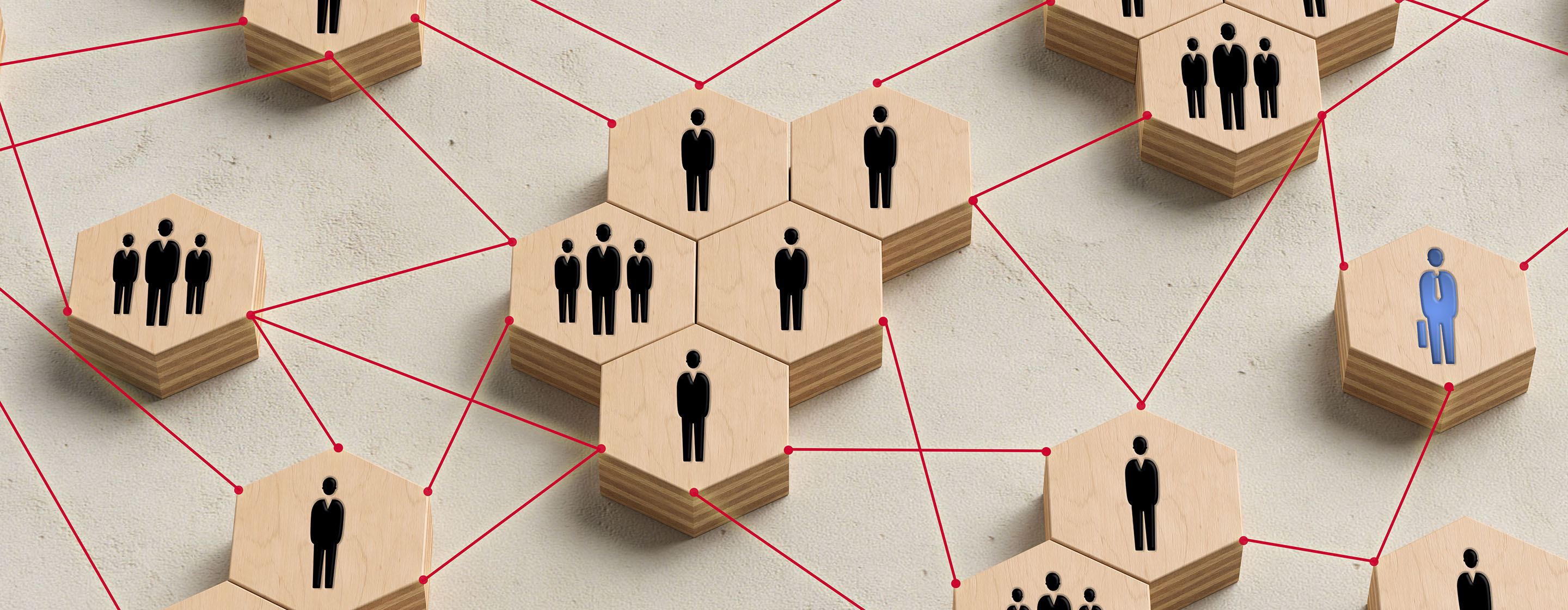
Survive disruption through innovation, culture and agility
Firms today face unprecedented turbulence, but companies like Swisscom have been successfully dealing with disruptions for decades.
In an OWP liVe “Courageous Conversation”, Professor of Strategy and International Management Omar Toulan explores these challenges with Swisscom CTO/CIO Christoph Aeschlimann.
“Don’t wing it in today’s environment,” says Professor Omar Toulan, adding that preparation is important but flexibility is vital.
1. Put safety first by ensuring safe systems
Like many companies, Swisscom put the health and safety of its employees first during the pandemic.
“During the confinement, 90% of our on-premise staff became home-based,” says Aeschlimann. “This tested the infrastructure, especially bandwidths.”
Tech cycles are accelerating in traditional areas like television, but also in contemporary technologies like cloud-computing and AI. Some technologies at Swisscom are more than 40 years old, making it imperative to re-evaluate their use and necessity.
“When we compare revenues ten years ago to revenues today, four-fifths are now generated with products that didn’t exist ten years ago,” says Aeschlimann. “It’s not an option to stop innovating.”
2. Know where you are and where you want to go
Operating in a saturated market, Swisscom’s pricing was under pressure from other players. At the same time, new business models like Netflix were attacking the company’s market share.
“To innovate in this international context where scale is important for implementing most ideas,” says Aeschlimann, “we must know exactly where we want to go and what we want to achieve.”
As the dominant provider in Switzerland, Swisscom holds a vast share of the telephony services pie and was not concerned about losing market share in its own backyard.
“Swisscom will always survive in the local market in telephony services, where regulations make it uninteresting for big players,” says Aeschlimann.
Secure in its base, the company focused on bridging out – but with specific targets in mind.
3. Create a disruption-proof culture
Your organization might need to rethink its mandate. Rather than analyzing your vision, take a look at how rebooting your values could reshape your company culture.
Swisscom determined that more soft skills were needed to manage the continuity of disruption and then set about acquiring them.
“Focus on mindset and culture rather than processes and organization,” says the CTO/CIO. “Build a culture that is able to cope with change.”
4. Agility starts in the mind
The building block for agility is stability. By preserving a stable mindset in disruptive times, companies naturally become more able to bend rather than break.
“It’s a balance, but we invest heavily in agile transformation,” explains Aeschlimann. “Accept that the things around you change […] no single truth will be valid for the next ten years.”
5. Alignment is the key to autonomy
Swisscom has an autonomous culture that ensures the company’s success because employees and divisions are aligned with a clear vision.
“Communicate targets throughout the organization,” says Aeschlimann. “Invest heavily in this aspect and make sure to keep things transparent.”
He also says flow metrics are important to measure productivity and help Swisscom push out more with fewer people.
“Reducing waste is very hard to measure,” he admits, “but it’s by far the biggest lever we have.”
6. A rigid masterplan is doomed to fail
While the pandemic has affected all aspects of organizational well-being, primarily the bottom line, the next big crisis may test companies’ other weak spots.
Aeschlimann says that by observing megatrends and forecasting via scenario-based thinking and simulations, teams can react much faster with a flexible approach to planning.
“Inspect and adapt,” he insists. “You can’t prepare with a masterplan or you are doomed to fail.”
Research Information & Knowledge Hub for additional information on IMD publications
Last week, a notification flashed. “Add your email address for extra security,” my phone chirped. It was from WhatsApp. I stared at the screen, a single question forming in my mind: Security? Or surveillance? I tapped “No.” The feeling wasn’t ange...
Research Information & Knowledge Hub for additional information on IMD publications
Research Information & Knowledge Hub for additional information on IMD publications
Research Information & Knowledge Hub for additional information on IMD publications
in I by IMD
Research Information & Knowledge Hub for additional information on IMD publications
Research Information & Knowledge Hub for additional information on IMD publications
Research Information & Knowledge Hub for additional information on IMD publications
Research Information & Knowledge Hub for additional information on IMD publications
in I by IMD
Research Information & Knowledge Hub for additional information on IMD publications
Research Information & Knowledge Hub for additional information on IMD publications
Research Information & Knowledge Hub for additional information on IMD publications








